Introduction
This is my response to a couple of discussions I have been having elsewhere about the impact of gender self-identification in the UK. These debates were provoked by Janice Turner’s article on transgender politics (full text in the first link below), and a particular (real) situation happening regarding use of the communal areas of gym changing rooms. These discussions, particularly with Katy Jon Went and Denise Robatham are here and here (scroll down). And here is a direct link to Denise’s generous and thoughtful response to Janice Turner.
(If you don’t know all the legal background and acronyms, please go away, look them up and come back. This post does not attempt to be transgender politics or radical feminism 101. It’s also not everything I think on the topic: just a specific response to a couple of converging conversations.)
TL:DR summary:
What is ‘self-ID’ going to mean in practice and how do we deal with people whose behaviour is not what we would hope for? if we want people to learn boundaries, we need to be clear about them. And the cultural shift is really worrying to me. The net result of where we are is to undermine all sorts of political rights and safe spaces. I am not seeing real recognition of what is happening from the trans-gender rights advocates, despite the actual, painful effects for women, and I am sick of being insulted for politely asking the questions.
What do I want? I want us to find a rational way to debate this. And I want a practical, workable approach to gender-recognition for people who want to change gender and I want people to have to provide evidence if their behaviour is suspect. Surely that’s not too much to ask.
Some context
It has taken me a few days to respond. Partly because, you know, life happens. And because I too wanted to take time to consider my views, I wanted to let my emotions settle and show respect to the effort and time that friends have put in, not least to sharing their own backstories and pain. (Note: I don’t believe that people should have to reveal publicly horrible things in their past to achieve their human rights.)
As I’ve said clearly in those discussions, I am grateful for co-creating a space where we are trying to have a respectful, considered and practical discussion about the issues swirling around in the toxic vortex of trans-gender politics at the moment. I’ve also said clearly that I focus on the practicalities and policies for service providers and managers, and the positive requests that need to be made to parliamentarians and policy makers. (I am a philosopher and political analyst, and I do have opinions about the theoretical framework, but that’s not the discussion here.)
The current issue concerns the impact of self-ID. I am not interested in unravelling the Gender Reassignment Act (GRA) or the relevant parts of the Equality Act. I also accept that self-ID is often de facto in place: the restraints on asking for a Gender Recognition Certificate (GRC) and the EHRC guidance on, for example, spas, make it pretty much a reality in most circumstances. But the culture is shifting in ways which make that de facto acceptance less tolerable rather than more.
Finally – patriarchy is of course real, as Denise has said. Women experience as women (whether of colour, of all ages, lesbian, trans, disabled) systematic disadvantage, violence and exclusion. I see, as a feminist, that the patriarchy remains firmly based in the control of women’s sexed bodies – through control of reproduction and sexual activity. If the word ‘woman’ loses an effective objective referent, it becomes much harder, if not impossible, to continue to fight patriarchy.
Having said all that, there are three specific points that have come out sharply to me in these two intersecting debates, which I do not think we have yet teased out. I think establishing some specific shared answers would help both our communities and parliamentarians.
What does self-ID mean?
The Commons Committee report says that an administrative process must be developed, centred on the wishes of the individual applicant, rather than on intensive analysis by doctors and lawyers. Their full report cites several people commenting on the two year, medicalised process in place but there is no suggestion that I have seen as to how self-ID would work in the UK. Katy has said she thinks it will require a settled intention to live in your chosen gender for the rest of your life, but I have not seen that written anywhere, nor what evidence or documentation would be required for someone to obtain a GRC that would alter their legal status.
That sounds as if changing gender, in respect of your day-to-day life and those around you, would be easier than changing electricity supplier, and require less evidence than buying alcohol.
I have been told that of course people wouldn’t do that. But the net effect of the changes would be that you, born and socialised as male, can declare yourself female one day, and gain access to certain privileges or spaces that way and no-one can ask you for documentation which proves that settled intention or suggests that your motives are harmless to those around you.
Those spaces might be changing rooms in gyms, and refuges, prisons or politically protected opportunities such as the Labour Party’s All-Women Shortlists. I refuse to trivialise my concerns by arguing about public toilets. But the reality is that in a gym changing room, young people are undressed, are seeing other people undressed, and they deserve to feel (and be) safe in that environment. Refuges and prisons both house many vulnerable women who have experienced the worst of gendered violence. (And yes I am well aware that refuges have effective and functioning policies supporting trans women escaping abuse. I am more concerned about creating trusted employment in those services.)
We are already seeing people such as Ian Huntley (the Soham murderer – https://www.mirror.co.uk/news/uk-news/soham-child-killer-ian-huntley-9821051) seek to transition. And those liberal people outraged at the treatment of Marie Dean may have missed the reporting of his (deliberate pronoun) long history of sex crimes (https://www.newstatesman.com/politics/feminism/2018/01/marie-dean-story-shows-there-s-no-simple-answer-how-we-treat-transgender). How would that feel for women expected to share a space with them, or the warders expected to pat them down? Building a raft of new secure spaces in the women’s prison estate is simply not going to happen. And those men know it.
I think it behoves those asking for this major change in the law (even if it feels like a minor change in day-to-day life) to explain what exactly they expect to happen, and how evidence can be used to protect vulnerable people in supposedly safe spaces.
I do not believe trans people are predators. I do believe that predators will use an easy route to their victims when it is opened up in front of them.
How do we support people to protect their boundaries?
Learning boundaries, particularly for young people, particularly for young women, is a real problem: the lived experience of people who present and are socialised as girls is unequivocal. Puberty arrives, along with breasts and hormones, and your boundaries become erased. Strangers tell you how to arrange your face; school mates alternate between aggression, clinginess and intrusion; family and friends disdain what comes out of your mouth while commenting on the paint you have put on it. And that’s just the mundane life of everyday.
And of course, none of that is a crime. None of that is going to get reported. Even the catcalling in the street, even the flashing, even the unwanted hand on the knee. None of that gets reported, none of it is a crime.
In this context, it is not enough to say that you hope ‘people will behave better’. Women have spent millennia hoping men will behave better and it hasn’t worked. And people who are socialised as men, privileged and entitled as boys, however unhappy their internal life, go on accepting privilege and entitlement.
So I cannot accept those who say that transgressions won’t happen, or that some trans people’s horrible histories mean that we must allow any man who claims to be female into women’s spaces. Women are entitled to better answers than that; girls (and boys) are entitled to expect more support and protection.
Overstretched staff and organisations where this matters (gyms etc) need to be able to challenge people who appear to be male, who are in this ‘low-level’, non-criminal and mundane fashion, invading women’s spaces in an intimidating and inappropriate way – and for that there needs to be a legitimate route to proof of gender identity in situations where it matters. After all, we expect people to prove their age in a bar.
What do we do about the culture?
The debate is vile. Telling me to suck your dick is not somehow magically not sexual abuse because you stuck the word ‘lady’ in front of ‘dick’. Pretending that ‘terf’ is not abusive is just gaslighting. Expecting me to ‘identify’ as a woman by calling myself ‘cis’ insults all my years living and fighting. Hitting 60 year old women at Hyde Park Corner and mobbing life-long activists at Book Fairs is male violence.
You know what – I simply do not see the same kind of abuse going the other way. For all the cries of ‘literal violence’, being mis-gendered or called by a name you’ve disowned, is not like constant death threats, or letters to employers, or graphic rape stories about you on social media.
There’s another, long-standing toxic culture at play here. Men – by which I mean people who grew up and were socialised male, are living as men, have male genitalia and privilege – are using this debate to exercise a ‘right’ to access women’s spaces, to trample on women’s boundaries, to shout down and silence women. Men are telling us what feminism should be, telling us to shut up, play nice and be allies. (I’m looking at you wee Owen, for a start.) Every day, we see men telling women what our politics should be, telling us to tolerate their presence, their incursions, their decisions on our agenda. And that male behaviour is being actively facilitated by the current approach to trans rights, is promoted by the undefined, unprovable self-ID demands.
This is a long read. What do I want? I want us to find a rational way to debate this. And I want a practical, workable approach to gender-recognition for people who want to change gender and I want people to have to provide evidence if their behaviour is suspect. Surely that’s not too much to ask.

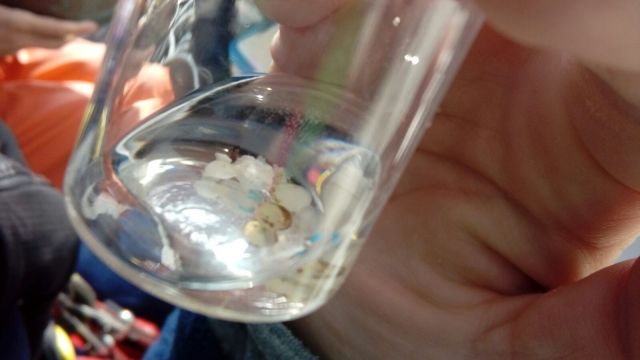
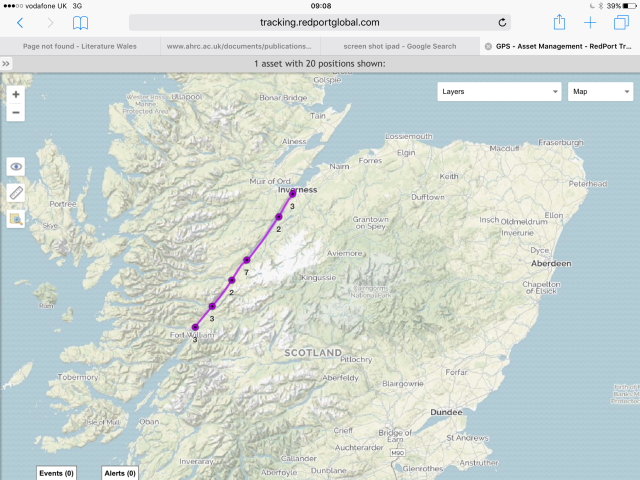
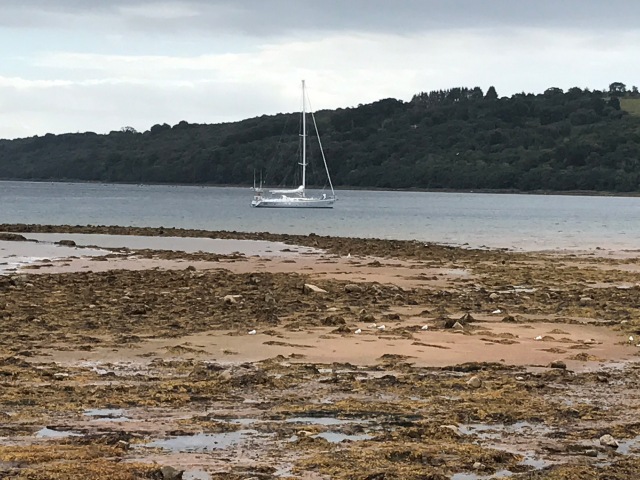

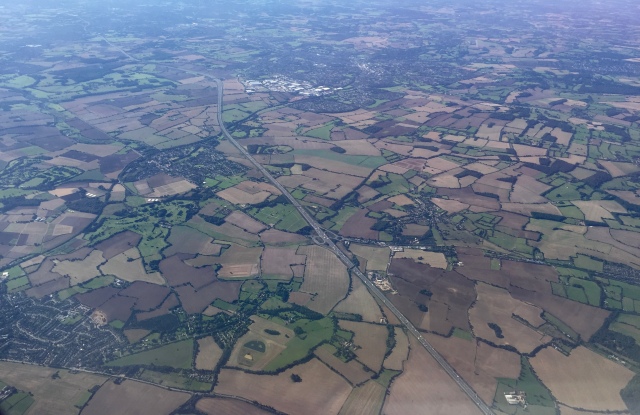
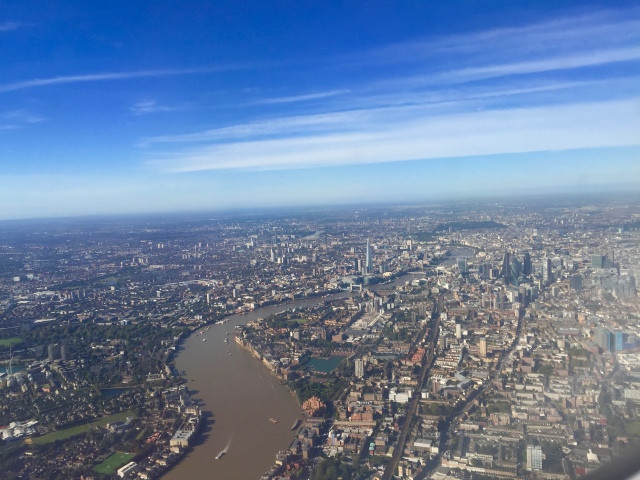

Free speech, Johnson, Bannon and opposing the new normal
What is wrong with backing that nice cuddly Rowan Atkinson? The effervescent, charismatic Boris Johnson? Quite a lot really. I really hope Atkinson is simply mistaken in defending Johnson, rather than actively backing the ideology peddled by the aspirant Prime Minister.
TL:DR – Johnson’s remarks are a deliberate ploy to normalise offensive speech against so-called ‘immigrants’, anyone who looks different for ‘us’. It’s not acceptable, and it is certainly not funny.
Johnson met with Steve Bannon a few days back. This was well reported. What do we know about Bannon, apart from being that ugly guy Trump sacked after he won the election for him? Quite a lot actually: Bannon makes no secret of his beliefs.
Before Bannon was a political ideologue, he was a film-maker, even an auteur – much as Trump was a television personality and Johnson a journalist. The Independent ran an interesting summary of Bannon’s film work back in February 2017, which points to his skill with narrative, with characterisation of the hero, the importance of staging. The man is expert producer, whether it involves chipped mugs of tea or straightforward lying about the size of the crowd.
And he has an ideology, deeply rooted in the intellectual tradition of right-wing, conservative Catholicism. Yes, he is religious, Traditionalist in the sense of various French and Italian thinkers you (and I) had never heard of before he came to the fore. He is not simply a money-grabbing dynast, though he clearly knows how to use one when he comes into his hand. Bannon is an unashamed nationalist, believing that the rise of nationalism (Russia, Egypt, the UK, America) will promote traditional values. Vanity Fair, in 2017, quotes hims as saying “You have to control three things; borders, currency, and military and national identity.” Of course, when our national identity rests on a view about free speech, it becomes easy to manipulate us into accepting the unacceptable in its name.
Bannon has also described himself as a Leninist. Salon quoted him saying to conservative philosopher Ronald Radosh in 2014, “Lenin wanted to destroy the state, and that’s my goal too. I want to bring everything crashing down, and destroy all of today’s establishment.” Despite the nationalism and nihilism, Bannon has global ambitions. He may be out of the White House but he would still seek influence in 10 Downing Street. He travels widely, meeting with people all over the world who will help to advance this destructive, traditional, conservative agenda.
And of course, being anti-immigration is at the heart of this philosophy. American journalist has been studying him for several years, and in 2016 told Vox, that Bannon believes in “the power of demonizing immigrants as a way of motivating grassroots voters. Illegal and legal. …Bannon and Trump amplified it in a way that had a pretty profound effect, and they did it in the wake of a financial crisis with an economy that isn’t working for a lot of middle-class and working-class and working poor people….if you drill down into what the guy believes, it’s tradition versus modernity. It’s God versus secularism.”
What does all this have to do with Johnson’s jokes?
Two things obviously: Johnson is not a court jester. He is a senior politician with naked ambitions to lead and represent us all. He should be seeking healing and unity, not fostering division by likening British citizens to street furniture and criminals. I do not want an entertainer in No. 10, but a statesman.
Secondly, we do not have unconstrained free speech in the UK. We never have. We ban speech which incites hatred on the basis of race, faith, sexuality and so on. We used to limit it for blasphemy. Liberty summarises the various limitations well: we may or may not share their concerns about those constraints. My point is that speech is not and has never been absolutely free in this country.
More important, in the context of Bannon and the nature of our society, is whether we are being trained to accept behaviour and speech that many of us (at least 48% I suspect) would deplore. Even as long ago as 2015, some commentators were reporting an increase in assaults and restrictions and anyone who has got this far knows that there was a huge spike in hate crime in the UK after the referendum.
Jonathan Freedland back in January commented on the easy ride Humphries gave to the Roger Stone (a deeply unpleasant individual banned from Twitter for his racism). He reflected on normalisation that the acceptance of such behaviour “matters because it’s a symptom of normalisation, the urge to pretend Trump operates within the usual democratic boundaries when in fact he represents an alarming break from the norms that make liberal democracy possible.”
Substitute Johnson for Trump. We are being told, urged to accept, that this degrading attack on what women choose to wear is acceptable. Maybe we are angry, broke and lied to by the press; we have been led to believe that those jobs which don’t exist have been taken away by demonised immigrants who profess a different faith from my lackadaisical attendance at midnight mass on Xmas Eve and ambition for a white wedding. Or perhaps we are that alleged elite who think pluralism matters, that free speech is indeed the bedrock of democracy and Johnson has the same rights as anyone else to make a tasteless joke.
I do not accept this lie. Johnson’s remarks were grotesquely offensive, blatant incitement to disrespect women on the basis of their faith-based attire, and utterly unacceptable for anyone aspiring to a leadership position. They were not funny and we should not, Mr Atkinson should not, defend his rights to propound such views. That way lies a fundamental attack on our most basic commitments to tolerance, freedom and a peaceful, pluralist society.
Share this: